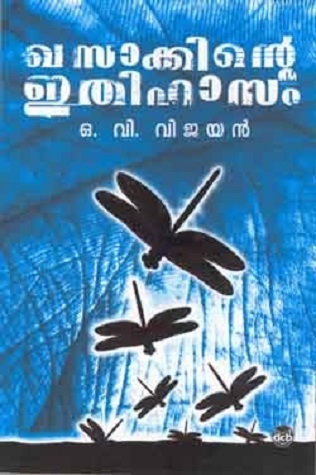


“The actors will come through the audience space and interact with them, like how in theyyam the shaman holds the hands of believers. “There is a rain in the middle of the play and water will splash over the audience,” says the director. “In this play, you can smell the burning of coconut leaves like you would in a village or the biriyani that is being cooked during a Muslim marriage.” There is even the central tea-shop, Aliyar’s, and the audience can catch the aromas of sherbet and fresh brews. Through his paper, he explored the possibility of an interactive visual language as an alternative to word-based drama. “It is done through the stimulation of other senses,” says Deepan, who has done his doctorate in ‘Spatial identities and visual language in Indian Theatre’ from London’s Wimbledon College of Art. Unlike conventional story-telling with a linear narrative and listeners, this is experiential. The complex idea of the novel is easier to take in over the weeks but a theatre production has to convey it in few hours - three-and-a-half, in this case.ĭeepan has been working with “interactive visual language” in theatre. “Vijayan’s story has many characters while a play is mostly the story of one or two characters and the rest revolve around them.” Deepan compares the play to a palm tree with one stem while Vijayan’s novel is “a tree growing wild, with many branches and a wider reach.” “The novel also does not lend itself to the form of theatre,” says Deepan, who has been working in theatre for the past decades with his productions travelling to different parts of the world.

Vijayan’s writing is like poetry with ephemeral metaphors and theatre has a physical language of actors and props. It is said to have changed the way Malayalam literature was written. “In Khasak, the Tamarind Goddess asks her faithful to rebuild the mosque and the dark gods are the ones who hinder it.” The actors therefore draw from their own life for insight into the characters they play.ĭeepan also found it “exciting” to work with Vijayan’s epic novel. Different faiths co-exist peacefully in Trikkaripur. “In Khasak too the gods - Goddess of the Tamarind Tree and Saved Mian Sheikh - are people who once lived in the village,” says Deepan.

Trikkaripur is the land of theyyam, a ritualistic celebration and worship of ancestors. Both celebrate celebrate spirits and ancestors and both witness communal harmony between Muslims and Hindus,” says Deepan. “Trikarripur and Khasak (Vijayan’s fictional village) have many things in common. So, he came to choose O V Vijayan’s Khasakkinte Ithihasam (or Legends of Khasak) for a theatre adaptation. “I began searching for a text that would be contemporary and that the troupe could relate with,” says the theatre director, scenographer and academic. The troupe from this village in North Kerala has been around for nearly 60 years.


 0 kommentar(er)
0 kommentar(er)
